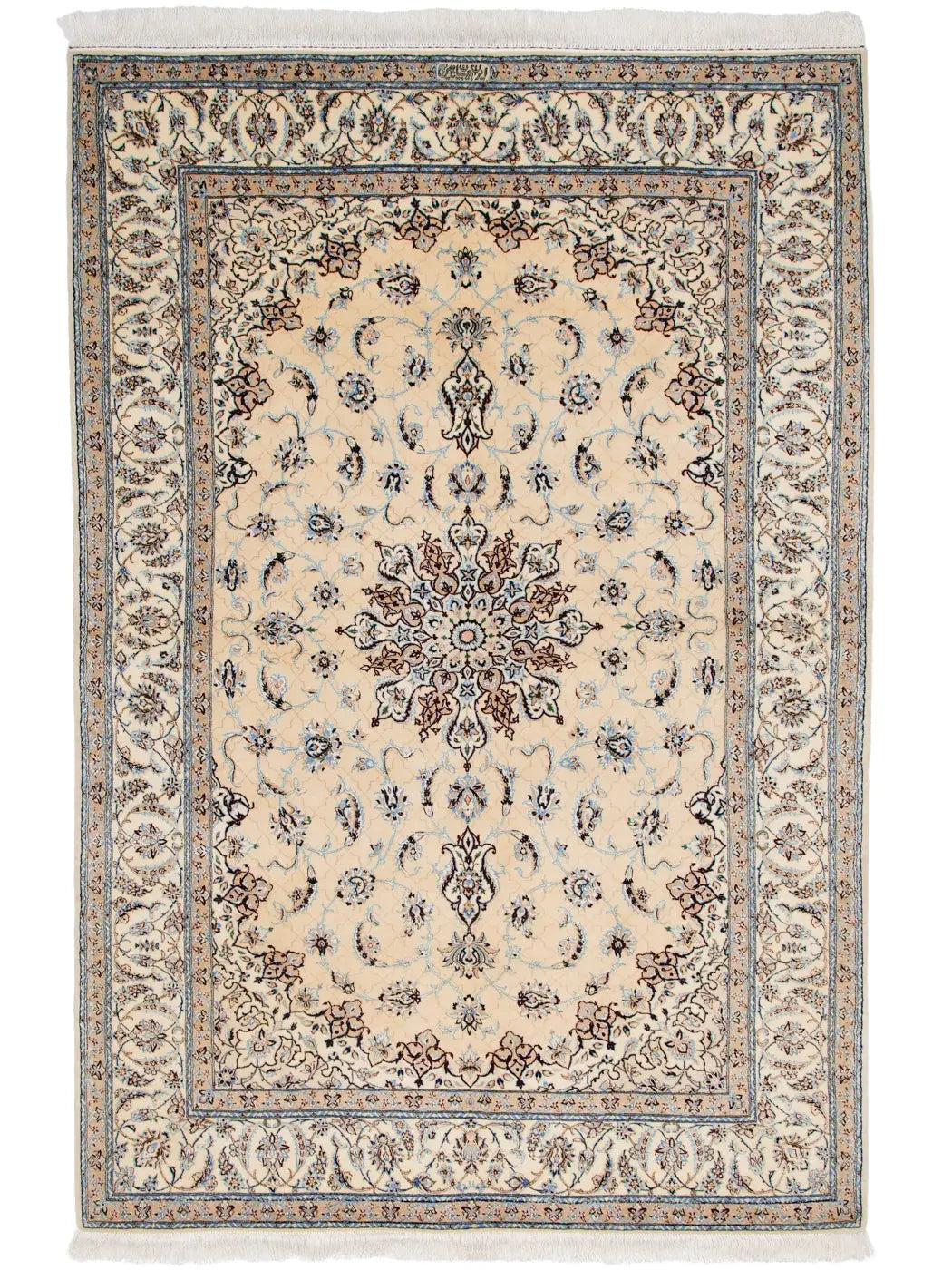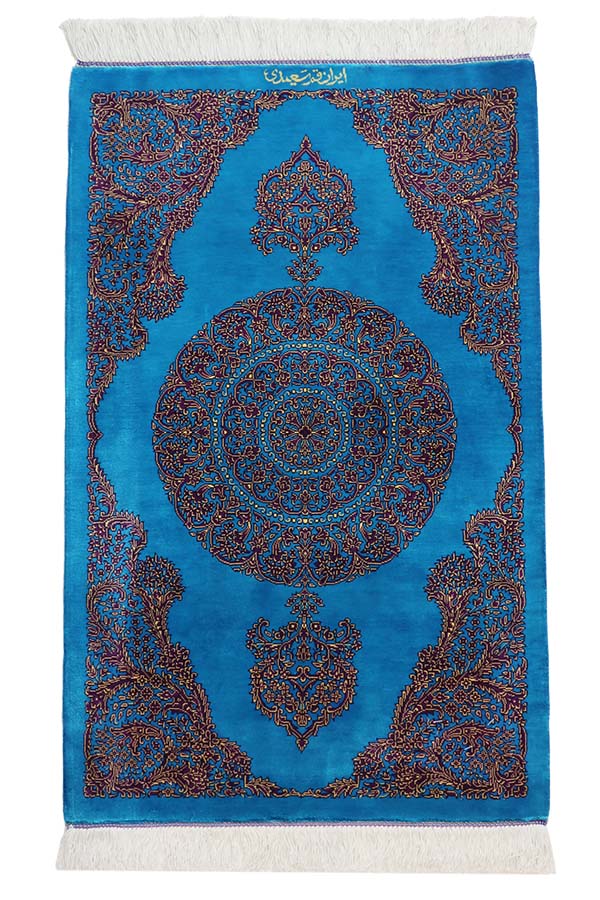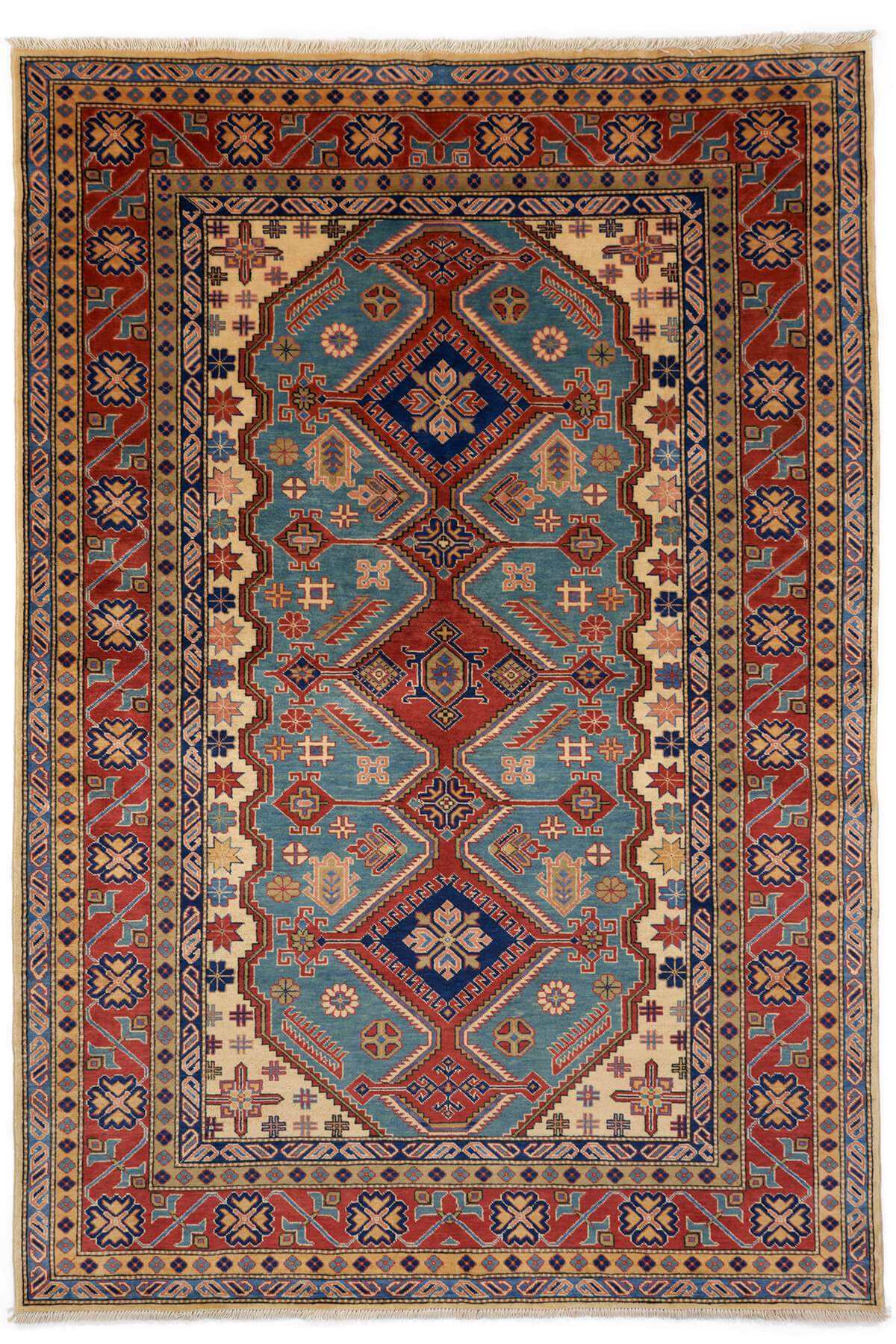Qashqai
Type: Persian carpet
Location: Southwest Iran (formerly Persia)
Knot Density: 90,000 - 200,000 knots per square meter
Special feature: Plant and animal designs
Pile: wool and goat's wool
South of Isfahan lies the homeland of the Qashqai, a nomadic people renowned for their rich carpet-weaving traditions. The Qashqai are the second-largest Turkic tribal confederation in Iran and primarily reside in Fars Province, near Shiraz and the ancient site of Persepolis. While the origin of the name “Qashqai” is debated, one theory suggests it refers to a “white-spotted horse,” a symbol of good fortune among the Qashqai.
Way of Life
Traditionally, the Qashqai have lived as nomads, migrating seasonally with their livestock. In summer, they move to the Zagros Mountains; in winter, they descend toward the Persian Gulf. This seasonal migration ensures sufficient grazing land for their large flocks of sheep and goats. Today, many Qashqai have settled permanently and now work in agriculture or urban professions. They are known for their distinctive round hats, colorful robes, and close relationships with animals such as goats, sheep, donkeys, horses, and dogs—all of which play key roles in their mobile lifestyle.
Rug Characteristics
Qashqai rugs are woven using wool from their own flocks and are made for everyday use—often serving as tent floor coverings or wall tapestries. Their colors—red, blue, cream, and brown—are not only practical for hiding dirt but also aesthetically warm and traditional. Common motifs include animals, trees, flowers, and stylized human figures, all reflecting the Qashqai way of life. Some designs are inspired by the bas-reliefs and columns of Persepolis.
One signature layout is the “Hebatlu” pattern, named after a Qashqai sub-tribe. It typically features a central circular medallion set within a hexagonal or diamond-shaped field, surrounded by stylized birds, animals, and floral forms. These rugs, with their bold yet rustic patterns, are especially suitable for high-traffic areas thanks to their robust construction.
Weaving Technique
Qashqai rugs are traditionally woven on horizontal looms, with weavers sitting atop the rug as they work. While originally produced exclusively by nomads, settled Qashqai artisans now also create these rugs—though the style remains consistent. Materials include self-sourced wool, goat hair, and sometimes horsehair. Natural dyes are still widely used, producing the warm, earthy tones typical of Qashqai rugs.
With a knot density of up to 180,000 knots per square meter, these rugs are not tightly knotted by Persian standards. However, this does not reflect poor quality—instead, it results in shorter weaving times and allows for the bold, expressive designs that define Qashqai craftsmanship.



